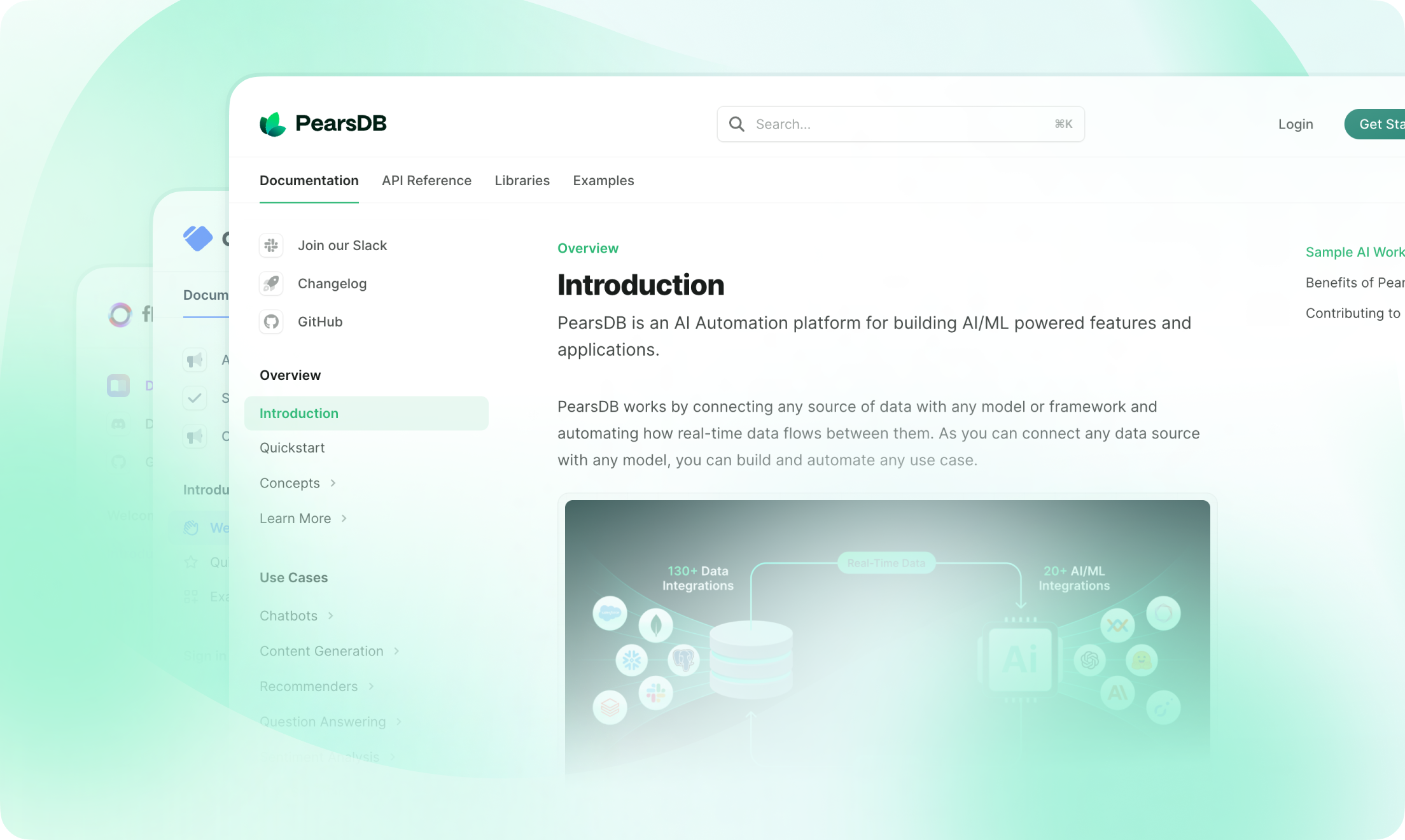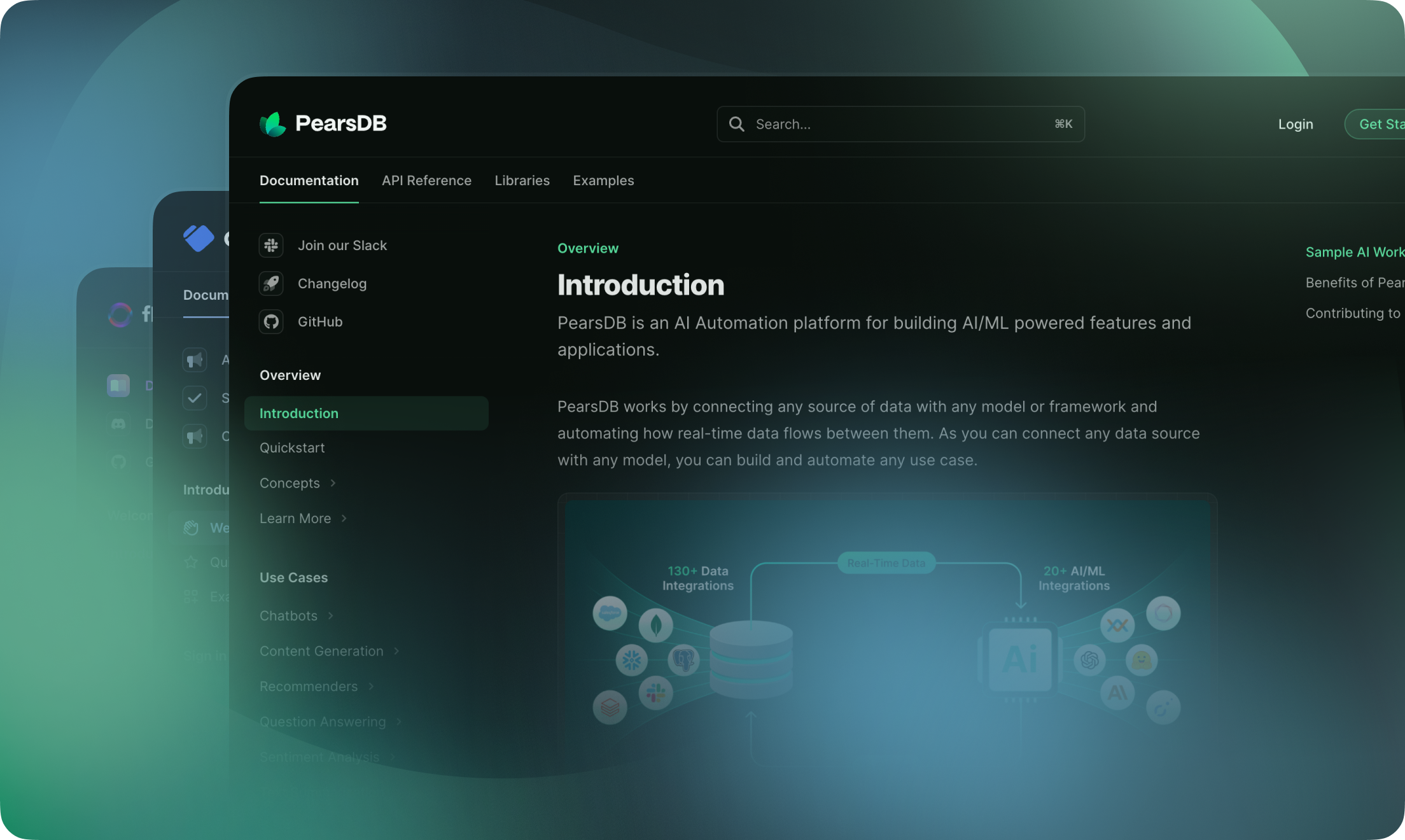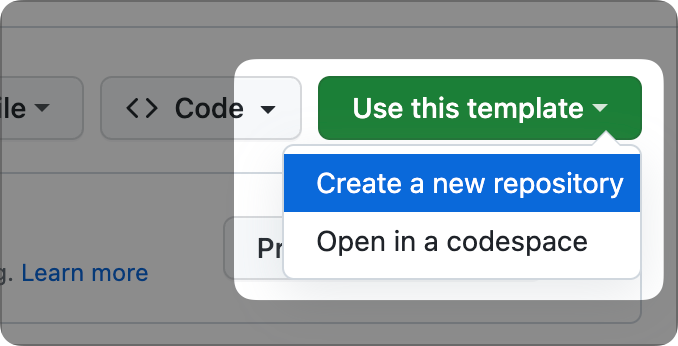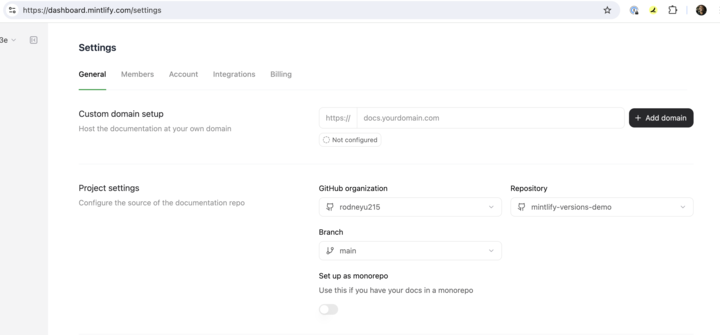

Getting Started
Welcome! Follow the instructions below to learn how to deploy, update and supercharge your documentation with Mintlify.1. Deploying Your Docs Repository
Mintlify docs are rendered from MDX files and configurations defined in our starter kit. We use Github to integrate your docs with your code, and make source control effortless.Creating Your Documentation Repository
Creating Your Documentation Repository
If you’ve created a docs repo in our onboarding, this step is complete. You can find your docs repository on your Mintlify dashboard.To create your docs repo without logging into Github, follow these instructions:
- Clone our starter template into a new public repo. You can make the repo private later.
- Get in touch with our team to deploy your repo.

Installing Our Github App
Installing Our Github App
The next step is to install our Github app. This ensures that your updates are automatically deployed when you push changes. You can find the installation link in the dashboard, on the Settings page. Upon successful installation, a check mark will appear next to the commit hash of the repository.

2. Updating Your Docs
Mintlify enables you to easily customize the style, structure, and content of your docs.We provide a white-glove migration service as part of our Enterprise plan.
Interested? Request it here
Setting up Your Editing Environment
Setting up Your Editing Environment
Edit Locally (Recommended for Developers):
- Install git.
- Once git is installed, clone your docs repository using
git clone <your-repo>. If you haven’t set it up yet, now would be a good time to do so with these SSH keys. - Use your favorite IDE to open the repository.
- Install our Mintlify CLI to preview changes with
npm i -g mintlify. Learn more about this in our development guide.
- To edit a single file, locate and click the edit button. This will open a web editor right on Github.

- For a more versatile online experience, open your git repository in Github’s github.dev online IDE. Simply replace
github.comin your repo URL withgithub.dev. For example, usegithub.dev/mintlify/docsinstead ofgithub.com/mintlify/docs.
Monorepo Setup
We also support a mono-rep setup, allowing you to add our starter template within a docs folder in your existing repo.
- Clone the starter template and move its contents into your docs folder
- Delete the .git directory.
- You can also choose the path to your mint.json in the dashboard under ‘Settings’

The mono-repo setup eliminates the need for creating a new repo.
Customizing Your Brand (mint.json)
Customizing Your Brand (mint.json)
Easily customize colors, logos and buttons among other configurations in our A full list of supported configurations can be found here.
mint.json file. Start with these basic configurations:Adding Content
Adding Content
Add content with simple MDX files. Initiate your pages with this template:Learn more about adding images, tables, lists, and more using the MDX syntax. We also offer a wide array of components which are listed here.
3. Supercharging Your Docs
Mintlify supports an array of advanced features like API reference docs, analytics, and versioning to accommodate any of your documentation needs.Generating API References
Generating API References
You can easily set up your API references using an OpenAPI document.
- Add your
openapi.yamloropenapi.jsonfile into your docs repository or define theopenapifield inmint.jsonwith a URL.
- Use our scraper to autogenerate your OpenAPI endpoints files as:
- Finally, include the generated endpoint MDX files to your
mint.jsonundernavigation.
Adding a Custom Domain
Adding a Custom Domain
Integrate your docs into your website by hosting them on a custom domain. This is included even in the free Mintlify plan. Navigate to your dashboard settings to add a custom domain.



